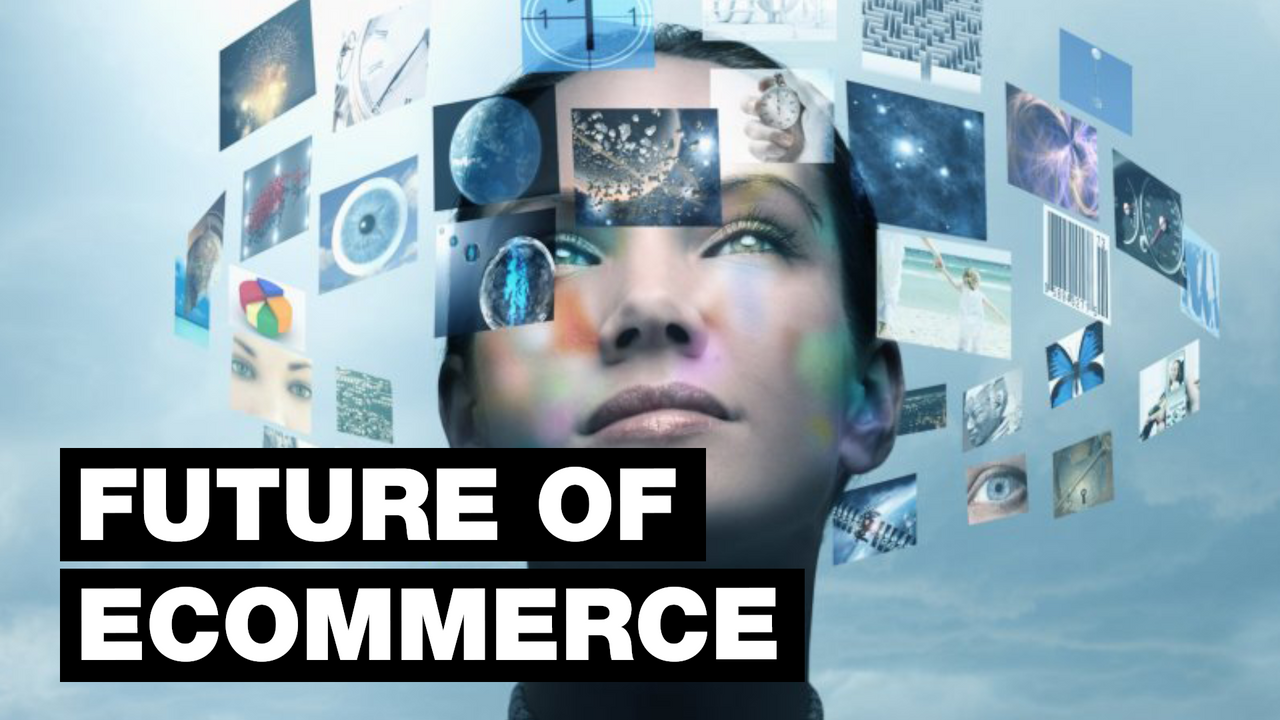
E-commerce has transformed the way we shop, offering convenience, variety, and competitive pricing. As technology advances, the landscape of online shopping continues to evolve. Here are some key trends shaping the future of e-commerce:
1. Mobile Shopping
More people are using their smartphones to shop online. This trend is driven by the convenience of shopping anytime, anywhere. E-commerce websites are optimizing their mobile platforms to provide a seamless shopping experience.
2. Social Commerce
Social media platforms like Instagram, Facebook, and TikTok are becoming major players in e-commerce. Businesses are using these platforms to sell products directly to consumers, leveraging influencers and targeted ads to drive sales.
3. Personalized Shopping Experiences
E-commerce sites are using data and AI to create personalized shopping experiences. Recommendations based on past purchases, browsing history, and preferences help customers find products they are more likely to buy.
4. Voice Commerce
With the rise of smart speakers like Amazon Echo and Google Home, more people are using voice commands to shop online. Voice commerce allows users to make purchases, track orders, and get recommendations through voice interactions.
5. Augmented Reality (AR)
AR technology is enhancing the online shopping experience by allowing customers to visualize products in their real environment. For example, furniture stores use AR to show how a piece will look in a customer’s home.
6. Subscription Services
Subscription-based models are gaining popularity in e-commerce. Customers subscribe to receive regular deliveries of products like meal kits, beauty products, or clothing. This model ensures steady revenue for businesses and convenience for customers.
7. Green and Ethical Shopping
Consumers are becoming more conscious of their environmental impact and prefer to shop from brands that are eco-friendly and ethical. E-commerce businesses are responding by offering sustainable products and transparent supply chains.
8. Faster and More Flexible Delivery
Speedy delivery is a crucial factor in online shopping. Companies are investing in logistics to provide same-day or next-day delivery options. Additionally, flexible delivery options like lockers and pick-up points are becoming more common.
9. Artificial Intelligence and Machine Learning
AI and machine learning are used to improve various aspects of e-commerce, from inventory management to customer service. Chatbots, for example, provide instant customer support, while AI algorithms optimize stock levels and pricing strategies.
10. Secure Payment Options
As online shopping grows, so does the need for secure payment methods. E-commerce platforms are offering multiple payment options, including digital wallets like PayPal and Apple Pay, to ensure secure and convenient transactions.
The future of e-commerce is exciting, with numerous innovations enhancing the shopping experience. Businesses that embrace these trends will be well-positioned to thrive in the competitive online marketplace. Whether through mobile optimization, personalized experiences, or sustainable practices, the key is to stay adaptable and customer-focused.


